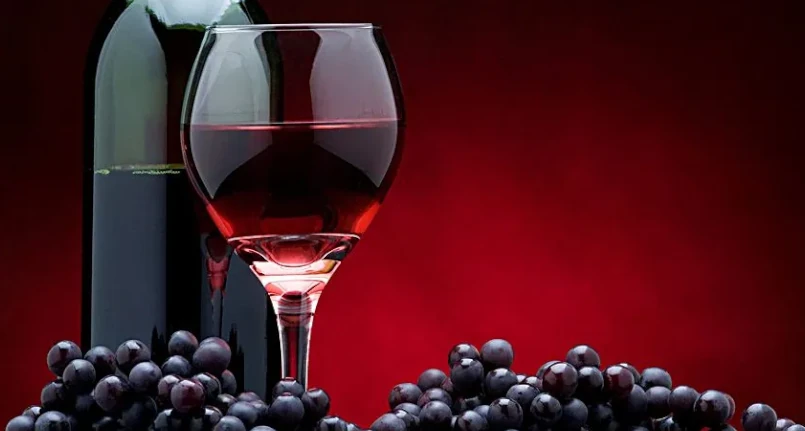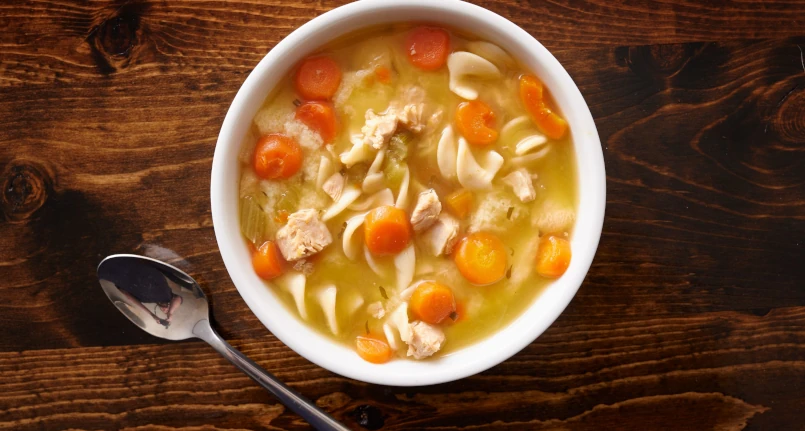Introduction
The definition ” good fats and bad fats” is a simplistic conjecture used by nutrition professionals , doctors and athletic trainers, to facilitate the nutritional education of their customers / patients. In reality, food lipids are all (or almost all) molecules naturally present in the human diet “since the dawn of time”… what changes, however, is their quantitative contribution and the relationship between them .
Fats and/or lipids : functions
Lipids, commonly (and improperly from a chemical point of view) also defined as fats, are macromolecules useful to the human body; they represent a more heterogeneous group than proteins and carbohydrates , therefore, their classification and relative functional analysis are at least complex.
Elements of classification of fats
According to Lehlinger’s classification, fats can be classified into simple and complex based on the assumption that they form one or more molecules:
- Simple or NOT saponifiable: aliphatic alcohols, sterols (mainly cholesterol and phytosterols ), tocopherols ( vit E ), terpenic alcohols, triterpenic dialcohols, hydrocarbons (toxic).
- Complex or saponifiable: tri-, di-, mono-acylglycerols; phospholipids , fatty acids , sterol esters; waxes are composed of 2 fatty acids + ethylene glycol… not like fats which are composed of glycerin + 3 fatty acids.
Functions of fats : sometimes good and sometimes bad
Trying to make the article less scientific and more “attractive”, below we will analyze individually (but without going into detail) all types of dietary fats/lipids ; in particular, we will try to describe their functional impact on the body by distinguishing good fats from bad ones .
Simple Fats: Are They Good or Bad?
Aliphatic alcohols, terpenic alcohols and triterpenic dialcohols
They are organic compounds (similar to fatty acids) naturally present in foods which, determining the basic structure of essential oils , give the typical “aroma” to foods (e.g.: menthol, citronellol…). They are MINOR lipid compounds to be considered on average GOOD FATS.
N.B. _ The best known alcohols in nutrition are METHANOL and ETHANOL , two molecules naturally LITTLE present (or present only in trace amounts) in foods. The former is a TOXIC fuel for the body (therefore a BAD molecule), while the latter is a less toxic product (although dose-dependent) present in fermented and distilled beverages.
Sterols :
They are chemical compounds deriving from sterol (chemically defined as a polycyclic compound formed by four rings). They differ in zoosterols (present in animal organisms: cholesterol, steroid hormones and vitamin D ) and phytosterols (present in plant organisms: the best known are campesterol, sitosterol and stigmasterol).
- Dietary zoosterols are naturally present in foods of animal origin; the most important are cholesterol (considered a BAD FAT because its excess in the blood is responsible for the increase in mortality from cardiovascular disease ) and the various forms of vit. D or calciferol (considered a GOOD FAT as it performs the function of vitamin or provitamin ESSENTIAL for bone calcification and the prevention of osteoporosis ).
- Dietary phytosterols (and similarly stanols and policosanols ), are contained above all in some dressing oils, legumes , vegetables and fruit ; they represent a range of molecules with different functions, including: antioxidant , anticancer, hypocholesterolemic , estrogen-like; it would be essential to devote an entire chapter to their functions but, what is certain, is that they are considered absolutely GOOD FATS.
Tocopherols :
Also known under the name of vit. E. They are a group of ESSENTIAL molecules (contained in vegetable oils and vegetables) as they perform the antioxidant and antithrombotic blood thinning functions. They are absolutely to be included among the GOOD FATS.
Hydrocarbons :
They are organic compounds without the functional group. They include two categories of molecules (aliphatic and aromatic), different from both a chemical and physical-structural point of view; in this regard, it is however essential to remember that: “in violent cooking at very high temperatures, the carbonization of some macronutrients gives rise to the formation ofpolynuclear aromatic hydrocarbons , also called polycyclic aromatics (such as anthracene), and acrolein . These, in addition to being pollutants, have a highly toxic, irritating and CARCINOGENIC effect “. Polycyclic aromatic hydrocarbons
andacrolein are volatile lipid derivatives considered ABSOLUTELY BAD FATS (to be avoided or consumed in the minimum possible quantity). Complex fats: they are good or bad Fatty acids and tri-, di-, mono-acylglycerols ( glycerol esters or triglycerides ): They are lipids useful for energy supply
; fatty acids provide 9kcal /g and should account for between 25 and 30% of calories in the diet. There is an essential difference in the quality of the fatty acids, which in the first analysis can be differentiated into SATURATED and UNSATURATED;
- SATURATED (mainly deriving from animal-type foods) are commonly defined as BAD FATS because, while providing the same calories as others, they tend to raise circulating LDL cholesterol , favoring the onset of cardiovascular disease .
- UNSATURATED (mainly deriving from vegetable-type foods), on the contrary, are very useful in preserving and cooking food ( monounsaturated , contained above all in extra virgin olive oil ), and also include a category of molecules, some of which are essential ( polyunsaturated fats , mainly contained in seasoning oils, dried fruit , oily fish and fish oil ). These so-called essential fatty acids ( AGE or PUFA ) belong to the omega3 family (mainly contained in oily fish ,fish oil , krill oil and some vegetable oils) and omega6 (contained above all in vegetable oils and dried fruit), and have very important functions for the body.
- Ultimately, monounsaturated fatty acids can be considered GOOD FATS provided they are supplied in a suitable measure, an amount beyond which, like SATURATED and NON-essential polyunsaturated fats , they contribute to the increase in body weight through fat deposits ; while ESSENTIAL polyunsaturated fatty acids , if introduced in the right reciprocal ratio (omega3:omega6 = 1:3 or more in favor of omega3), are considered absolutely GOOD FATS.
N.B. _ There is a category of INDUSTRIALLY MANIPULATED lipids defined as HYDROGENATED FATS ; these, although originally unsaturated, are industrially subjected to hydrogenation to acquire the physical properties of the SATURATED ones. From a metabolic point of view they behave exactly like saturated fatty acids BUT sometimes they contain a significant amount of TRANS fatty acids , UNDESIRED molecules (naturally present only in traces in food). Hydrogenated fats, and especially trans molecules, equal to or worse than saturated fats are considered ABSOLUTELY BAD FATS (to be avoided or consumed in the minimum possible quantity).
Phospholipids :
They are esters of glycerol associated with fatty acids and a groupphosphate ; they are contained above all in offal ( brain ) and represent fundamental molecules above all for the constitution of the “polar liquid mosaic”, typical of cell membranes , and the structuring of the myelin sheaths of the nervous system . The body is also able to produce them autonomously, therefore, from a food point of view they are considered GOOD FATS but not ESSENTIAL for this.
Sterol esters : See above: Sterols .
Waxes:
They are not nutritionally important lipids but are sometimes used as additives (carnauba wax and beeswax ). In feeding , the most famous wax is the bloom, a natural protective film of the berries; on the contrary, the beeswax is separated from the honey and is therefore not a significant food component. Waxes do not represent a BAD FAT but neither a GOOD or ESSENTIAL FAT.




